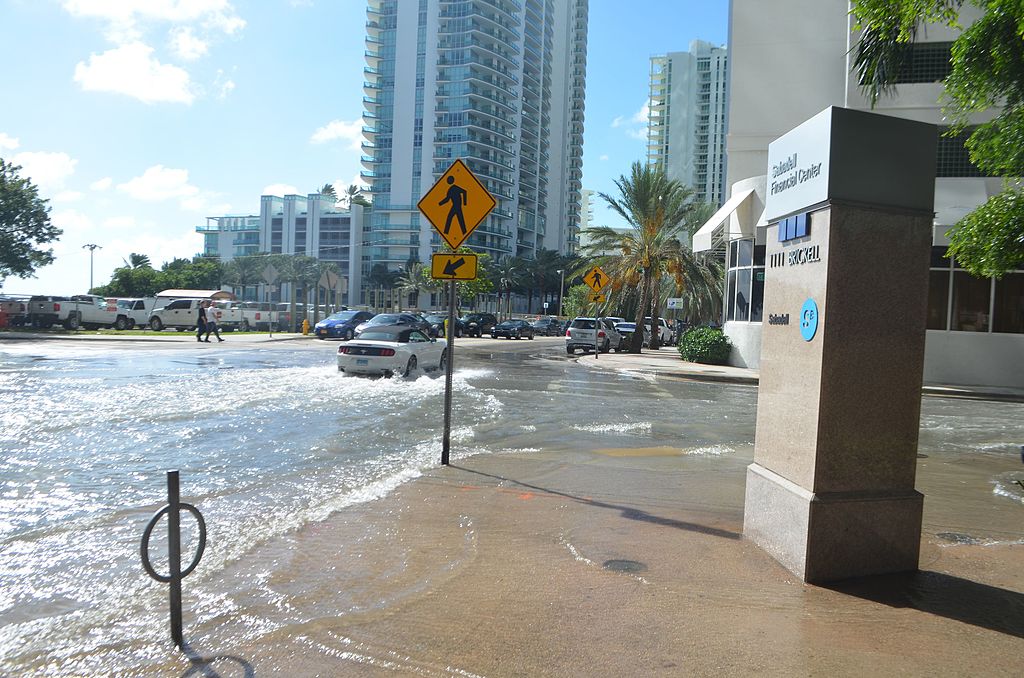Novel Coastal Wave Overtopping System Developed to Improve Coastal Hazard Forecasts
Posted
Last Updated
By ecomagazine.com.
The National Oceanography Centre (NOC) has developed WireWall, which is the first system that can measure the speed and volume of overtopping water on a wave-by-wave basis in the field. The ability to measure overtopping will ultimately reduce uncertainty in overtopping forecasts and improve hazard warning systems.
Previous field data has been obtained using large collection tanks, which can only be deployed for short periods and are only capable of obtaining data on the total volume of water that has overtopped during a storm or a high tide event. The tanks used in previous field measurements can only be deployed on a few types of structures, such as inland of a solid wall at the top of coastal defense, which means that the amount of data previously obtained in the field is very limited—compared to WireWall which has been designed so that it can be deployed on almost any structure.
Until now, a lack of field data has meant that the prediction tools currently used are based on studies of a limited range of coastal defenses using idealized experiments in flumes. This means that the industry standard tools that are used to predict wave overtopping can have large uncertainties.
A paper published in the Communications Engineering Journal highlights the validation of WireWall, and several of the results from the first trial deployments at Crosby, near Liverpool. The validation process took place in the flume facilities of the project partners at HR Wallingford, where a wave machine-generated waves similar to those that might be expected at Crosby, and these impacted a 1:7.5 scale model of the Crosby seawall.
To find out more about WireWall, please visit: https://coastalmonitoring.org/ccoresources/wirewall/
To read the paper, please visit: https://www.nature.com/articles/s44172-023-00058-3
Read more at ecomagazine.com..

